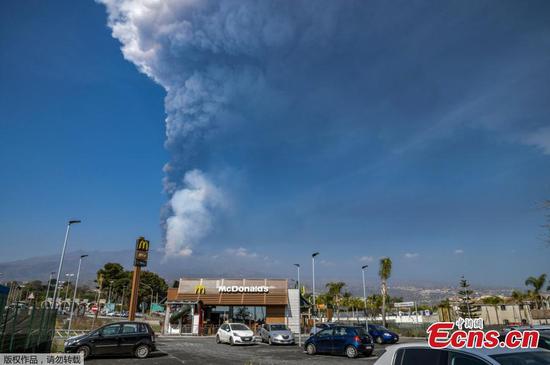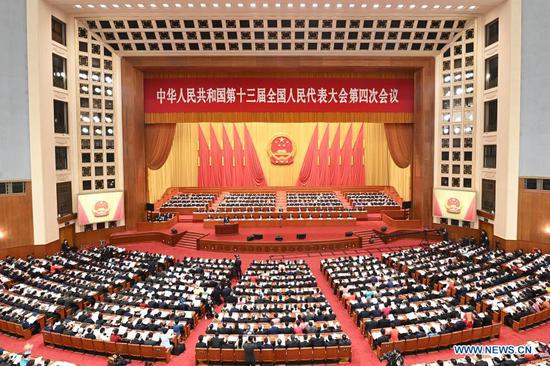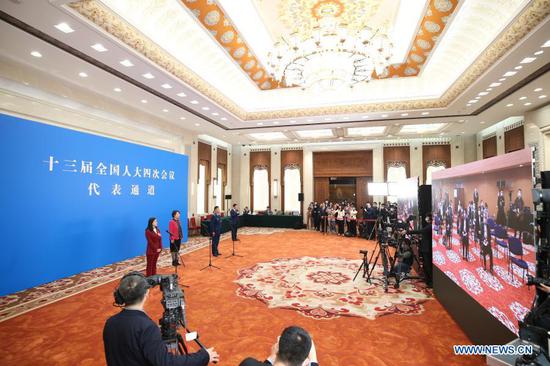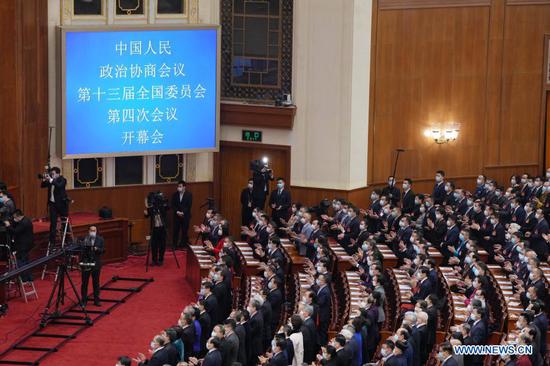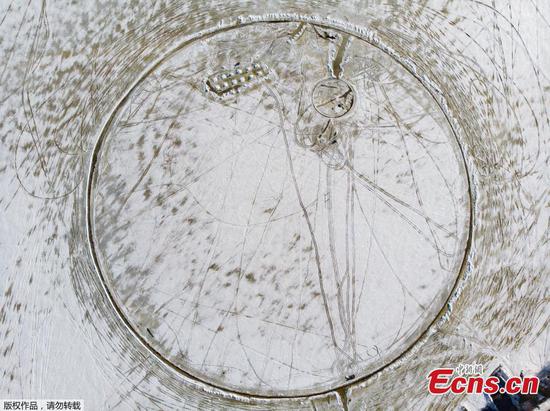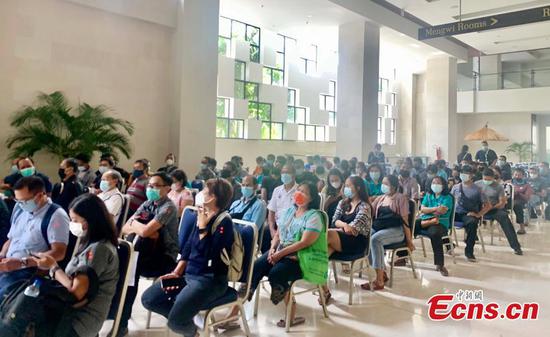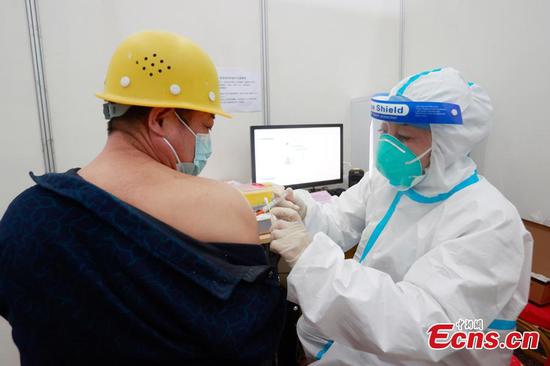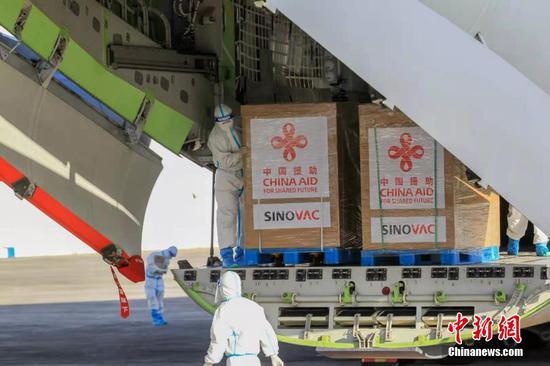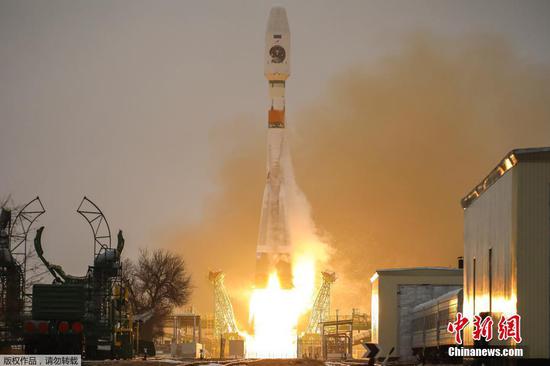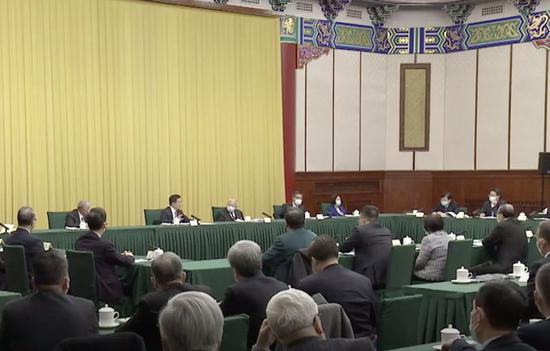China's first satellite dedicated to comprehensive monitoring of the atmospheric environment is expected to be completed in the second half of this year.
The satellite, named Daqi-1 and developed by the Shanghai Academy of Spaceflight Technology (SAST) of the China Aerospace Science and Technology Corporation in Shanghai, is designed to operate in sun-synchronous orbit, China Space News reported.
Daqi-1 can monitor fine particle pollution like PM2.5, pollutant gases including nitrogen dioxide, sulfur dioxide and ozone, as well as carbon dioxide concentration, China Space News reported.
It combines both passive and active sensing, which can realize comprehensive monitoring of the atmospheric environment in a better way, according to a chief designer with SAST.
The detection accuracy of fine particles and carbon dioxide column concentration by Daqi-1 has reached the international advanced level, the chief designer said. The atmospheric detection lidar deployed on the satellite is also the world's first that is capable of detecting both atmospheric aerosols and carbon dioxide.
China will produce a series of Daqi satellites in the future, which will be used to monitor atmospheric pollution, provide remote sensing data support for environment authorities, and also support scientific research into global climate change, according to reports.
Daqi-2, the second in the series, will be a high-precision greenhouse gas observing satellite. Daqi-1 will be networked with other satellites, including Daqi-2, to realize greenhouse gas monitoring and help China achieve reduction of carbon emissions.












